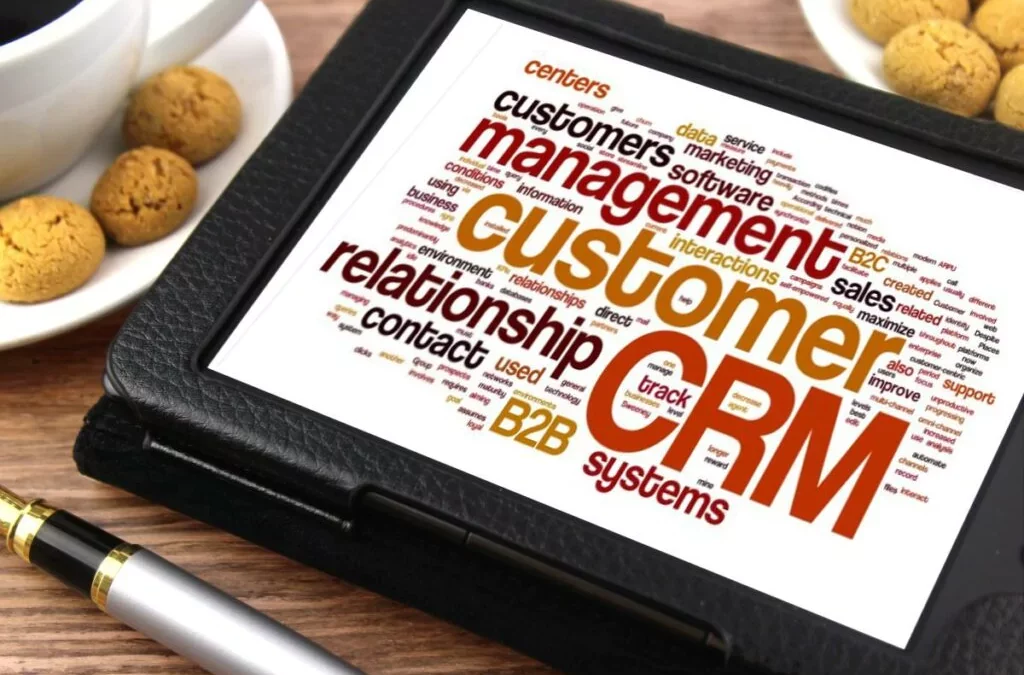How Do I Retarget Customers? Retargeting proves to be an economical strategy for converting missed sales. Its cost-effectiveness distinguishes it from other advertising avenues. To grasp its efficacy, let’s explore three successful retargeting examples, unravel the techniques to replicate them, and delve into the evolving trends shaping the future of retargeting.
In the realm of online marketing, retargeting excels as a budget-friendly tool to re-engage potential customers. Unlike many advertising methods, its affordability is a standout feature. Now, let’s delve into three practical retargeting approaches that have demonstrated effectiveness, offering valuable insights for businesses looking to recapture lost sales opportunities.
Understanding the dynamics of retargeting is crucial for businesses seeking cost-effective ways to boost conversions. Explore three real-world retargeting examples, learn how to implement them, and gain foresight into the evolving landscape of retargeting strategies. Uncover the secrets behind successful retargeting campaigns, allowing your business to optimize its marketing efforts and maximize returns on investment.
1. Retarget Specific URL Visits

Casting too wide a net can lead to ineffective results, as not all website visitors are ready to make a purchase. Instead of expecting a high conversion rate from a vast audience, consider tailoring retargeting efforts based on specific actions users take on your site. For instance, the approach for a visitor who merely read a blog post and bounced should differ from one who engaged deeply, filling out a lead-magnet form and exploring product and pricing pages.
To avoid sending irrelevant offers to users at different stages of their buyer’s journey, focus on retargeting based on specific actions taken by visitors on your site. This targeted approach ensures that your retargeting efforts align with user behavior, increasing the likelihood of meaningful engagement and conversions.
Refining Facebook retargeting involves strategic considerations:
- Device Differentiation:
Tailor your retargeting based on the device visitors use. This insight helps you customize the user experience, ensuring your message aligns seamlessly with their device preferences.
- Frequency Finesse:
Analyze visit frequency to identify a key opportunity—high-frequency visitors. Craft an ad that provides a final push towards conversion. Showcase the product’s value and benefits, recognizing that these repeat interactions signal a potential readiness to make a purchase.
Implementing this targeted retargeting methodology proves exceptionally effective in converting engaged visitors into satisfied customers.
2. Retargeting Existing Customers
You’ve got one simple motive: bringing back unresponsive email subscribers who’ve gone silent on purchases. Email lists face the inevitable challenge of churn, where new faces join while the old ones fade into inactivity.
Enter the solution – retargeting your existing customers. This approach is not only cost-effective but also strategically aligns with highly relevant ads, ensuring a surge in click-through rates (CTR).
Let’s simplify the instructions:
- Open Facebook Ads Manager, go to the audience section, and click Create an Audience.
- Opt for a Custom Audience and select Customer List.
- Upload your audience list; ensure a green check mark appears for a smooth process.
- If you spot a yellow exclamation point, make manual updates if necessary.
- Import contacts from MailChimp or upload a list of current or old customers.
- Organize your customer file by their activity – focus on older or unresponsive customers.
- Save your ad budget; target those who haven’t bought or engaged recently for better results.
3. Lead-gen Ads Based on Page Engagement

Retargeting based on Facebook page engagement is a strategic move due to the active user presence on the platform. Targeting users already engaged on Facebook enhances the success of retargeting efforts, especially with individuals who frequently explore new brands on social media.
Leveraging Facebook Ads to reach these hyper-aware users is a logical approach. Initiating a lead-generation ad begins by creating an audience specifically tailored to page engagement. This targeted approach ensures your ads are directed at a receptive audience, increasing the effectiveness of your lead-generation efforts.
Utilizing Facebook’s page-based retargeting is a preferred method to re-engage users and encourage them to revisit my site or engage with lead magnets and products. These audiences are typically highly engaged and use Facebook with a distinct purpose, actively seeking out businesses.
This presents an opportunity to convert visitors who might not have taken action on the website or have shown interest in specific pages. Capitalizing on this engagement on Facebook allows for a strategic approach to reach and convert a targeted audience effectively.
More Digital Marketing BLOGS here:
Local SEO 2024 – How To Get More Local Business Calls
3 Strategies To Grow Your Business
Is Google Effective for Lead Generation?
How To Get More Customers On Facebook Without Spending Money
